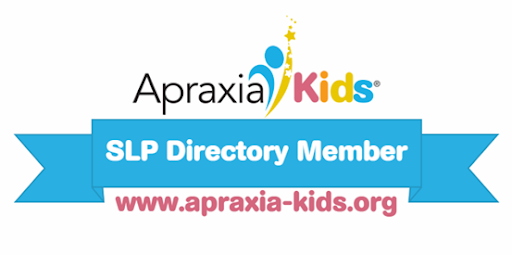
Receptive vs. Expressive Language: What’s the Difference?
Receptive vs. Expressive Language: What’s the Difference? When we talk about language development, two key skills come up often — receptive and expressive language. These work together but serve different purposes in communication. Receptive Language: Understanding Receptive language is how we understand what others say. It includes listening, processing, and making sense of words and sentences. For example, a child uses receptive language when they follow directions (e.g., “Get your shoes”), identify objects (e.g., “Where’s your nose?”), or understand a story being read aloud. Expressive Language: Communicating Expressive language is how we use words, sentences, and gestures to share thoughts and ideas. A child uses expressive language when they ask for help, name things, or tell a story. Why It



